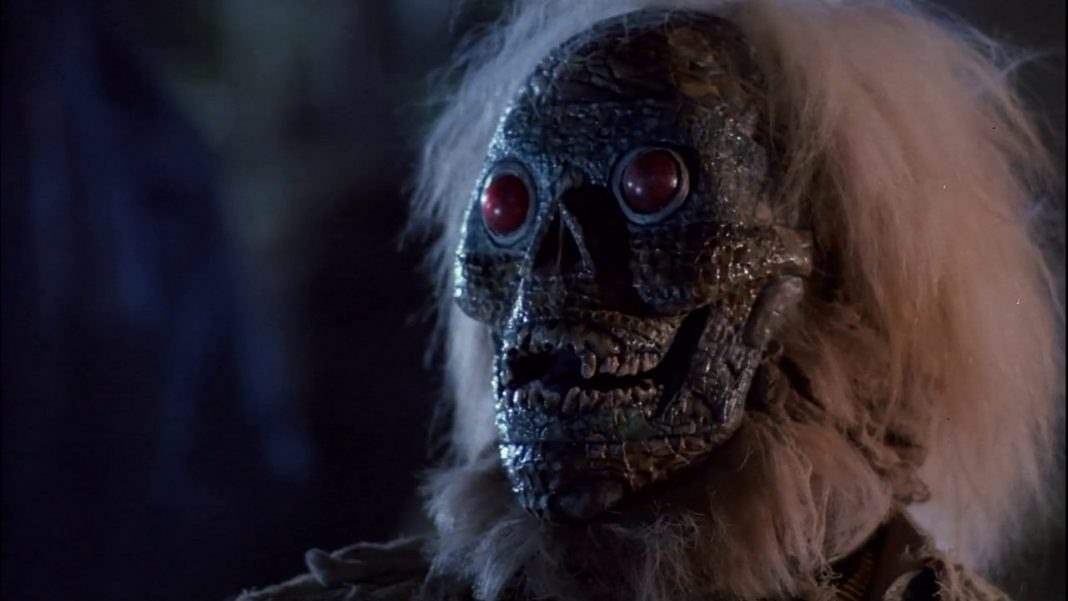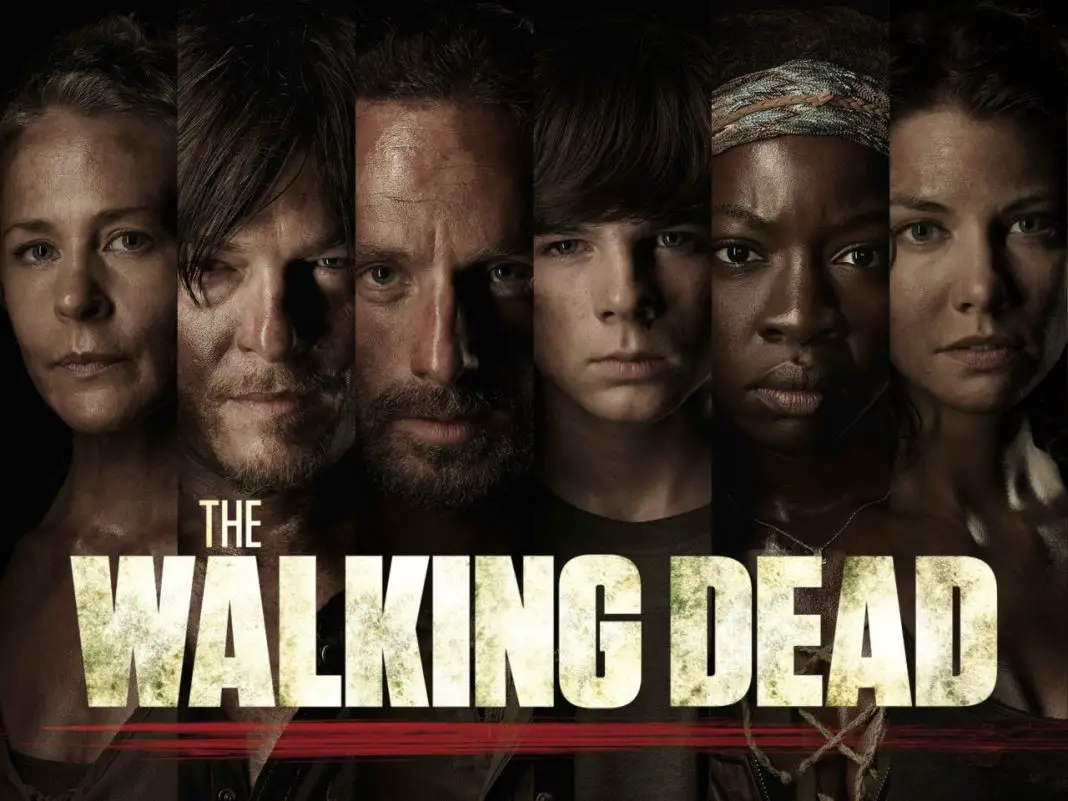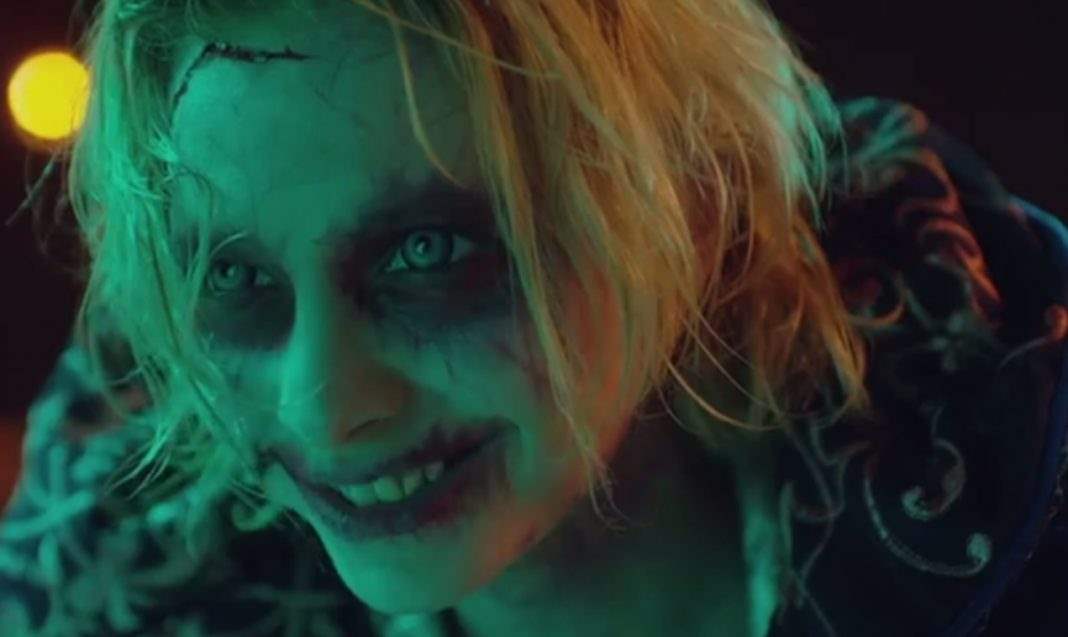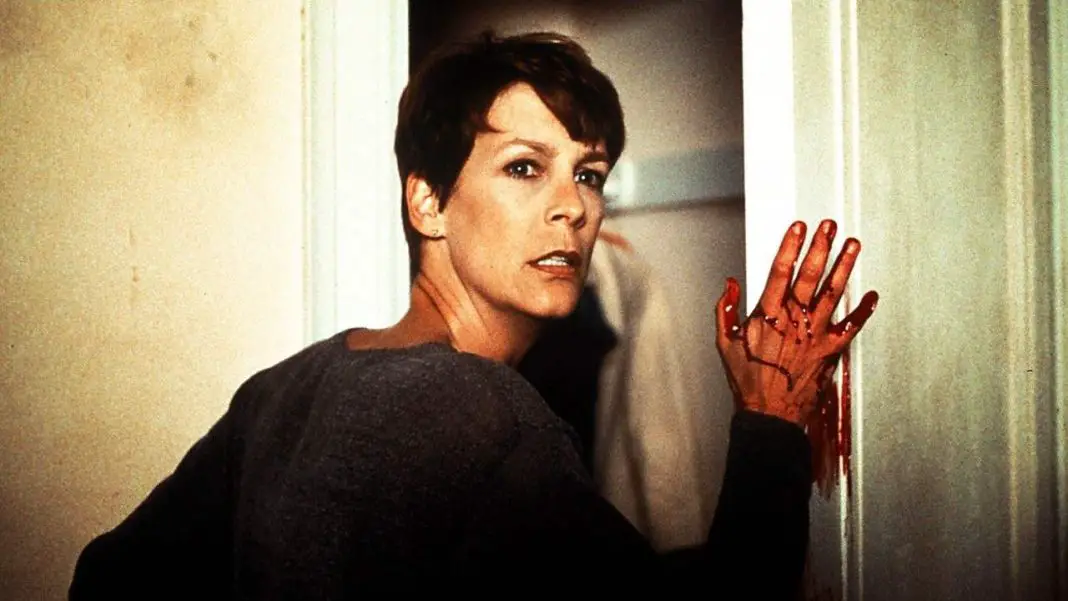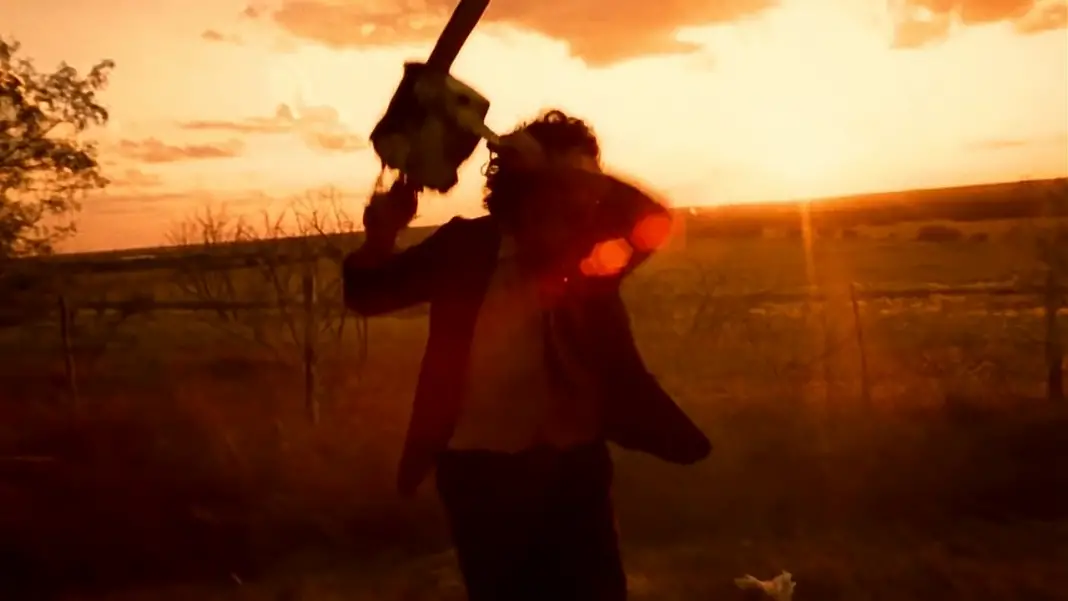I remember a time when Wishmaster was thought of as one of the bigger horror icons. He was the last guy to emerge in the ‘90s as a central character of his own franchise. The guy even had his own action figure. As a kid, not realizing that Wishmaster 2 had already gone straight-to-video, I really thought this guy was going places. It took me years—well, until I eventually saw 3 and 4—to realize that this was not the blockbuster franchise I had remembered it being when I was younger.
Upon revisiting the original, though, I have to admit that I still really like it. It’s a purely 1997 movie. It almost is perfectly that transition point between the showy, effects heavy monster stuff and reinterpretations of fairy tale tropes of the early ‘90s and the wittiness and accentuated humor of the late ‘90s. It’s an odd beast of a feature and those conflicting ideas are part of what ultimately make it such an interesting effort.
Of course, Wishmaster wasn’t exactly conceived by newcomers to the horror scene. Some of the best and biggest names in the genre were involved in this one, both in front of and behind the camera. On the story level, we have Wes Craven as executive producer and writer Peter Atkins—who at the time had just penned Hellraiser 2, 3 and 4—handling the screenplay. These two people working together really make sense for how the Djinn is portrayed as a villain as he is almost a direct cross between Freddy and Pinhead.
Yes, Wishmaster is kind of a mess. The story is awkwardly paced, playing it deadly serious one moment and completely campy the next, sort of bouncing between extremes, but that does nothing to take away from the overall enjoyment. In many ways, this is almost a throwback to the ‘80s. It does have an interesting mythology to it, but the main reason to watch is for the elaborate and inventive death scenes. Some of these work better than others, I’ll admit.
With the “K” in KNB, Robert Kurtzman, as director, the makeup effects are in good hands. There are some terrific FX sequences in Wishmaster, right down to the overall design of the villain. As for Andrew Divoff’s performance as the titular character, it’s easy to see why everyone immediately placed him in the pantheon of classic movie monsters after this film came out. He nails it. And he does especially great as he gets to play two different versions of the character.
Did You Know? Wicked Horror TV Has Classic and Independent Horror Films Available to Stream for Free!
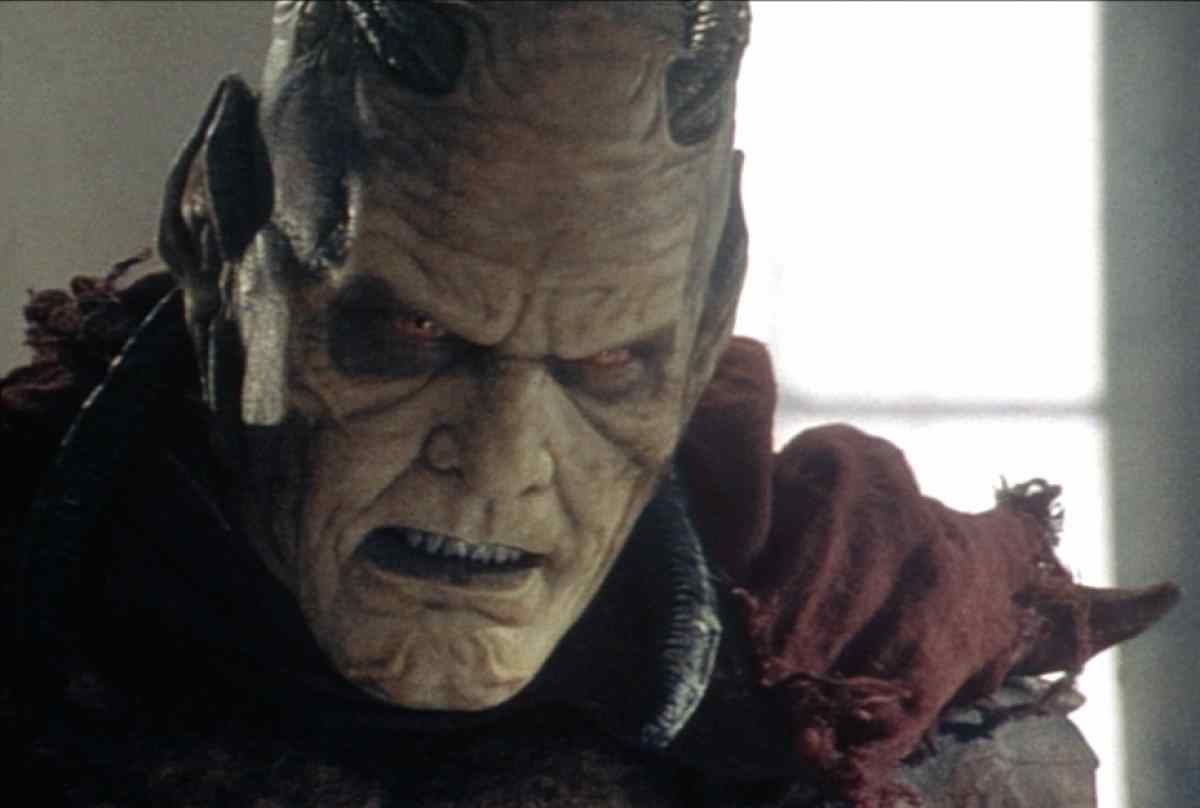
First, we have the Djinn in all of its ghoulish, sadistic and sarcastic nature. His voice and his physical presence are mesmerizingly intense. But then he gets to go Old Hollywood and play a much more Vincent Price-esque kind of villain as the Djinn’s human disguise, Nathaniel Demerest. These are almost polar opposites for an actor to have to play in a single film, but not only does Divoff pull it off, he makes us believe wholeheartedly that these are both the same character. From a story perspective, you’d think that was obvious, but it’s a lot of weight on an actor’s shoulders.
At this point in time, Wishmaster is mostly remembered for being littered with horror cameos. There are a lot of people in this movie, some of the biggest names in horror from the ‘80s and beyond. I had just started reading Fangoria when I saw Wishmaster for the first time and had begun to learn who people like Robert Englund, Kane Hodder and Tony Todd were and had started to see what they actually looked like outside of makeup. It honestly felt like I was in on some kind of great joke.
My friends, after all, didn’t know or care who played Freddy Krueger or Jason Voorhees. When those characters popped up in Wishmaster, they didn’t have any idea who those people were. It was like I knew some kind of secret, which seems ridiculous in a post-IMDb world.
Sure, all the character motivations are really explicitly spelled out and the audience is at times talked down to in a way you wouldn’t expect from Peter Atkins, but there’s a lot to recommend in Wishmaster. Even if the parts are ultimately better than the whole, there are some really strong parts. Our heroine isn’t bad and it’s kind of refreshing to see a character like that who’s not interested in the best friend until he’s gone, giving her a more emotional stake in the fight against the Djinn.
It’s also great to see a battle between the heroine and the villain that doesn’t wind up being another case of a woman in her underwear wrestling with a monster. Even some of the best horror films hit this point eventually, but Wishmaster is set up by virtue of its premise to be a battle of wits. That’s ultimately what the story becomes and it’s so refreshing to see a female protagonist in a monster movie like this not just using her intelligence, but needing to be defined by it for the sake of the overall story.
We’ve got great cameos, great creature effects and a powerful, truly memorable villain performance by Andrew Divoff. Even if the story is messy, even if it gets rocky in the second act, Wishmaster is kind of impossible not to have fun with. It’s not a horror classic on the level of A Nightmare on Elm Street or Hellraiser but it doesn’t have to be. Wishmaster is its own thing with its own style and tone and that is what make it memorable.


